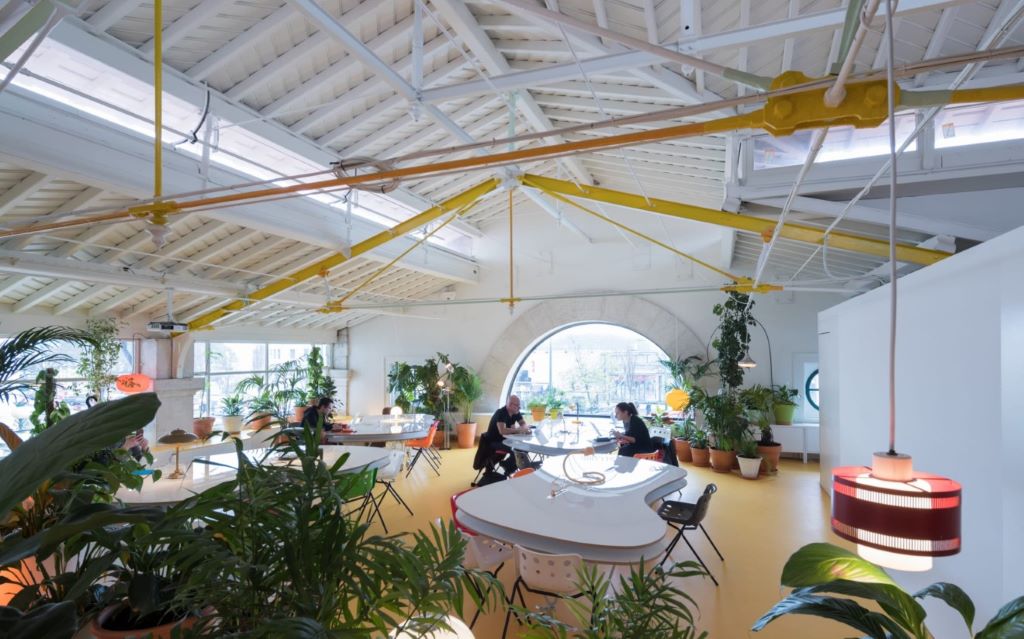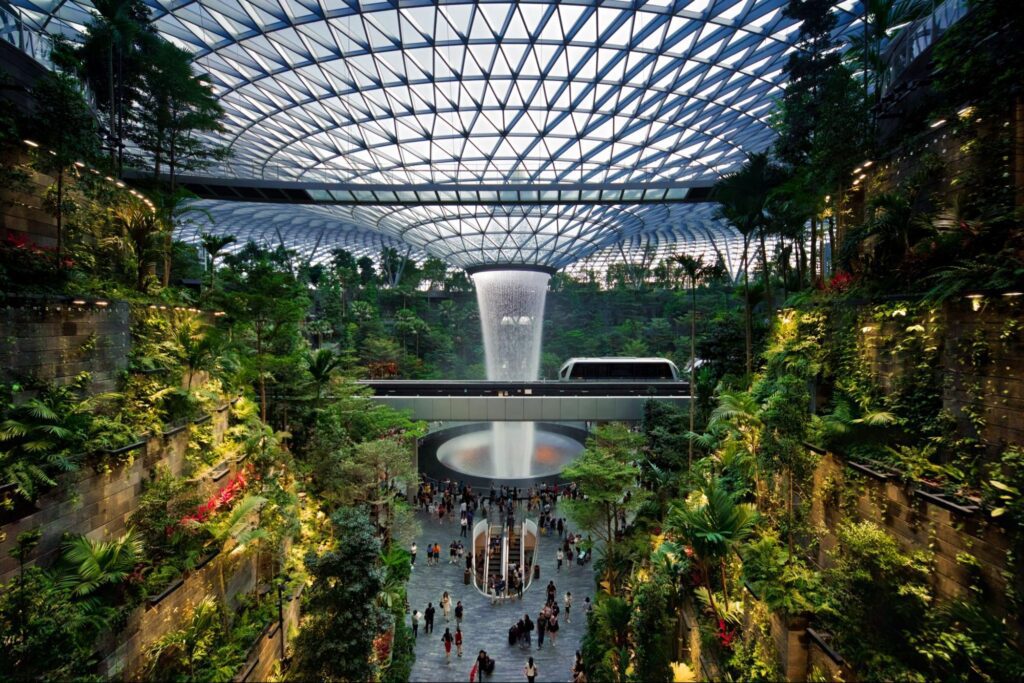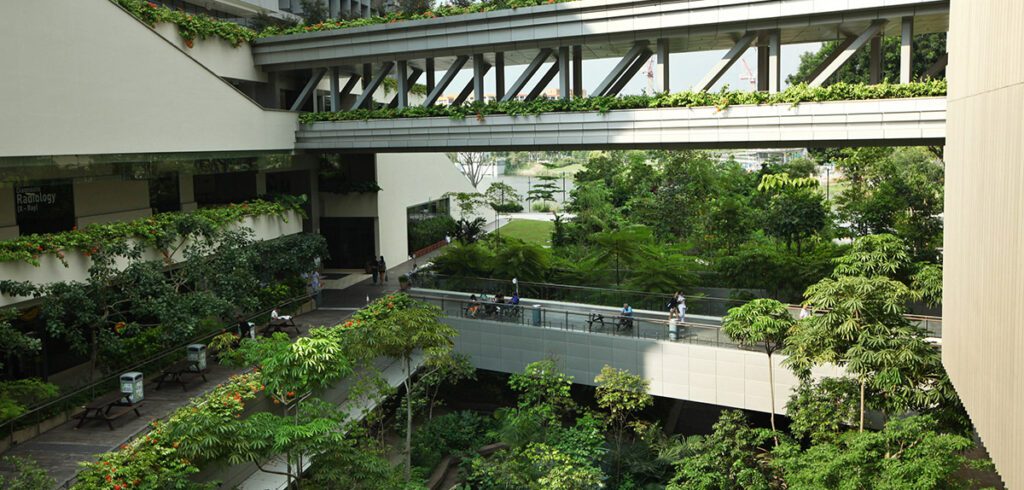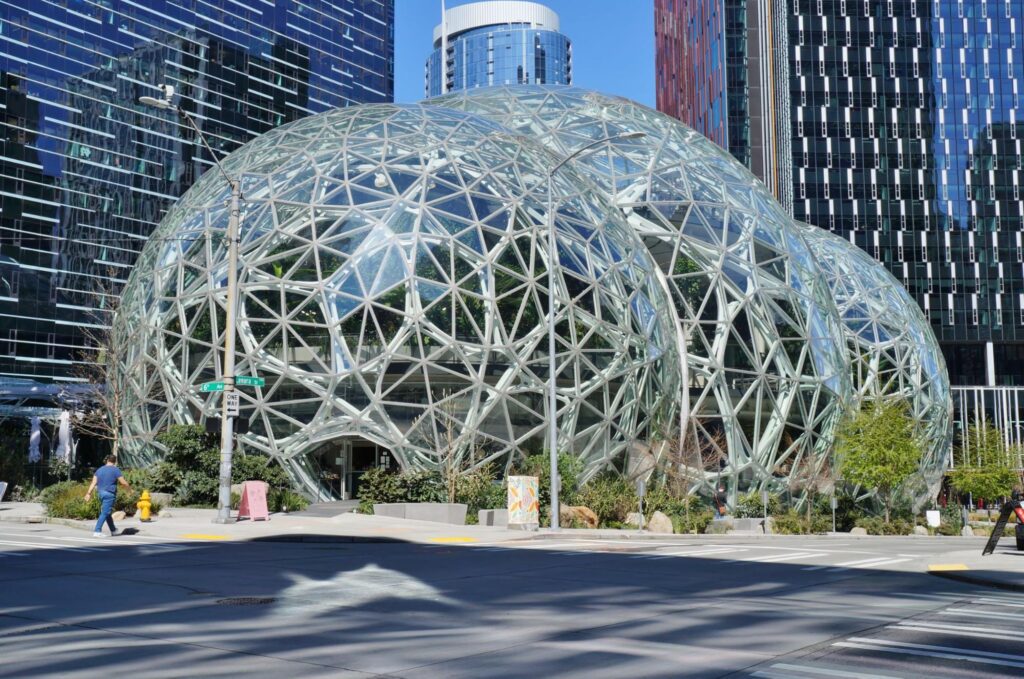Biophilic Architecture: How Can Nature Inspire Design?
- 4 min read
- April 11, 2024
Humans have an innate connection to the natural world. For centuries, people have sought refuge in nature to escape the stresses of daily life and find solace and rejuvenation. In recent years, scientific research has begun to uncover the mechanisms behind these restorative effects, revealing the profound impact that nature has on human health and well-being.
This phenomenon holds particular significance in educational institutions and corporate offices, where cognitive abilities play a pivotal role in success and innovation.

Understanding Biophilic Design

The Benefits of Biophilic Design

Challenges of Biophilic Design
Achieving Success with Biophilic Design

Was this insightful? Give a thumbs up or post a comment.
For more of our blogs, check out https://mgsglobalgroup.com/blog/.




